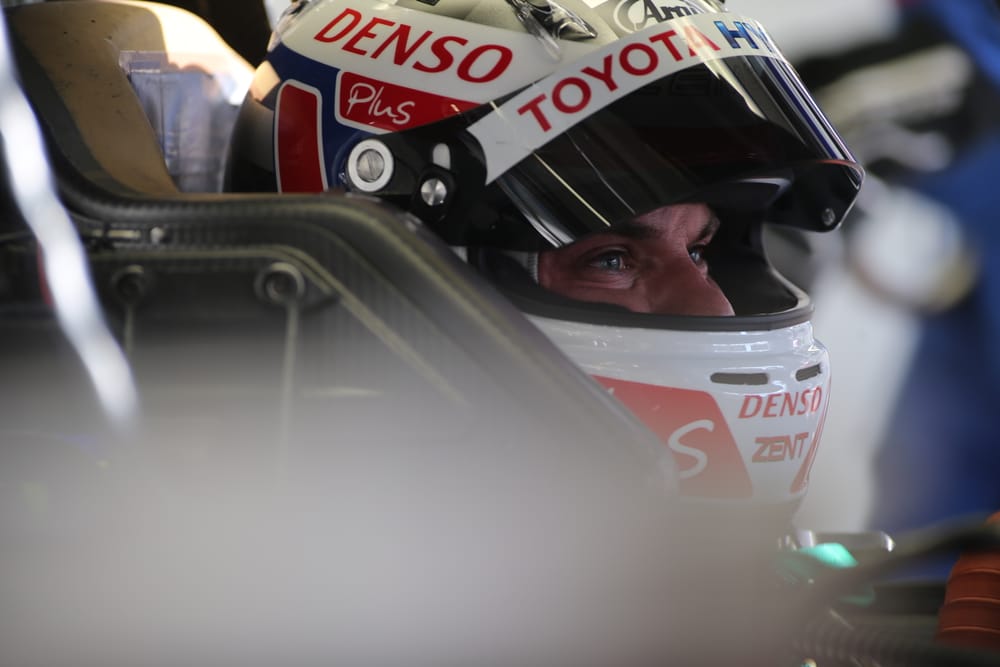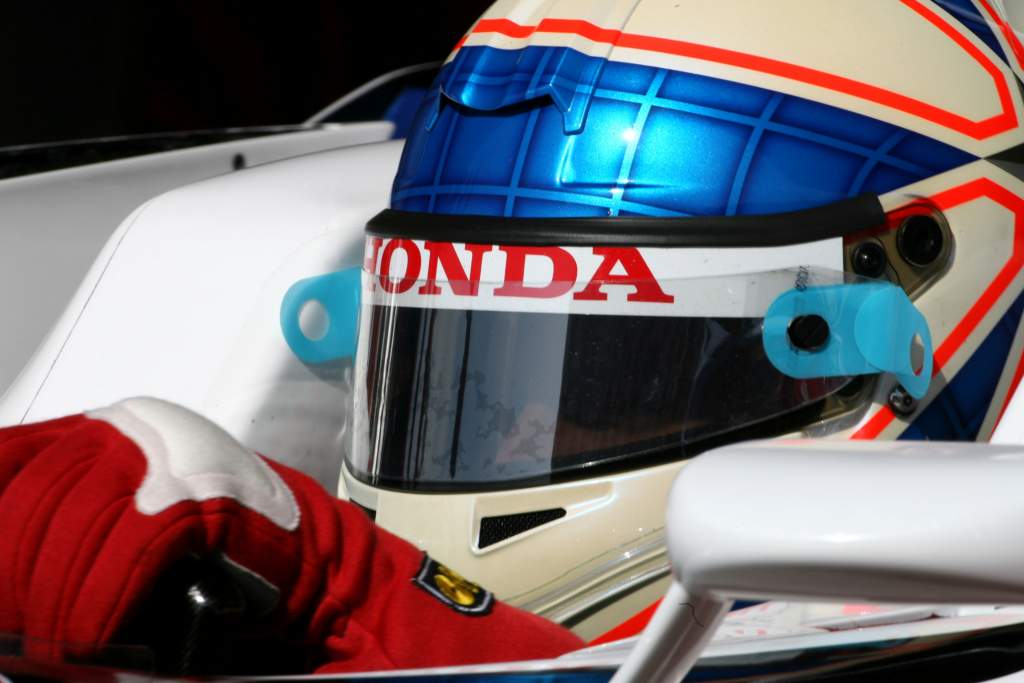There’s a metaphorical dusty mental archive we all sometimes journey to that encompasses drivers that we believe could and should have made it to Formula 1.
Dario Franchitti, Tom Kristensen, Antonio Felix da Costa, Alex Palou and the like are probably all in it.
But it’s almost guaranteed that recent racing retiree Nicolas Lapierre won’t be there.
The reality is he probably didn’t quite do enough on his way up the ladder. But now, held up against the hindsight factor of what he has achieved in his 25-year car career, his achievements and skill can certainly withstand any stress test of him at least being on the periphery of such a list.
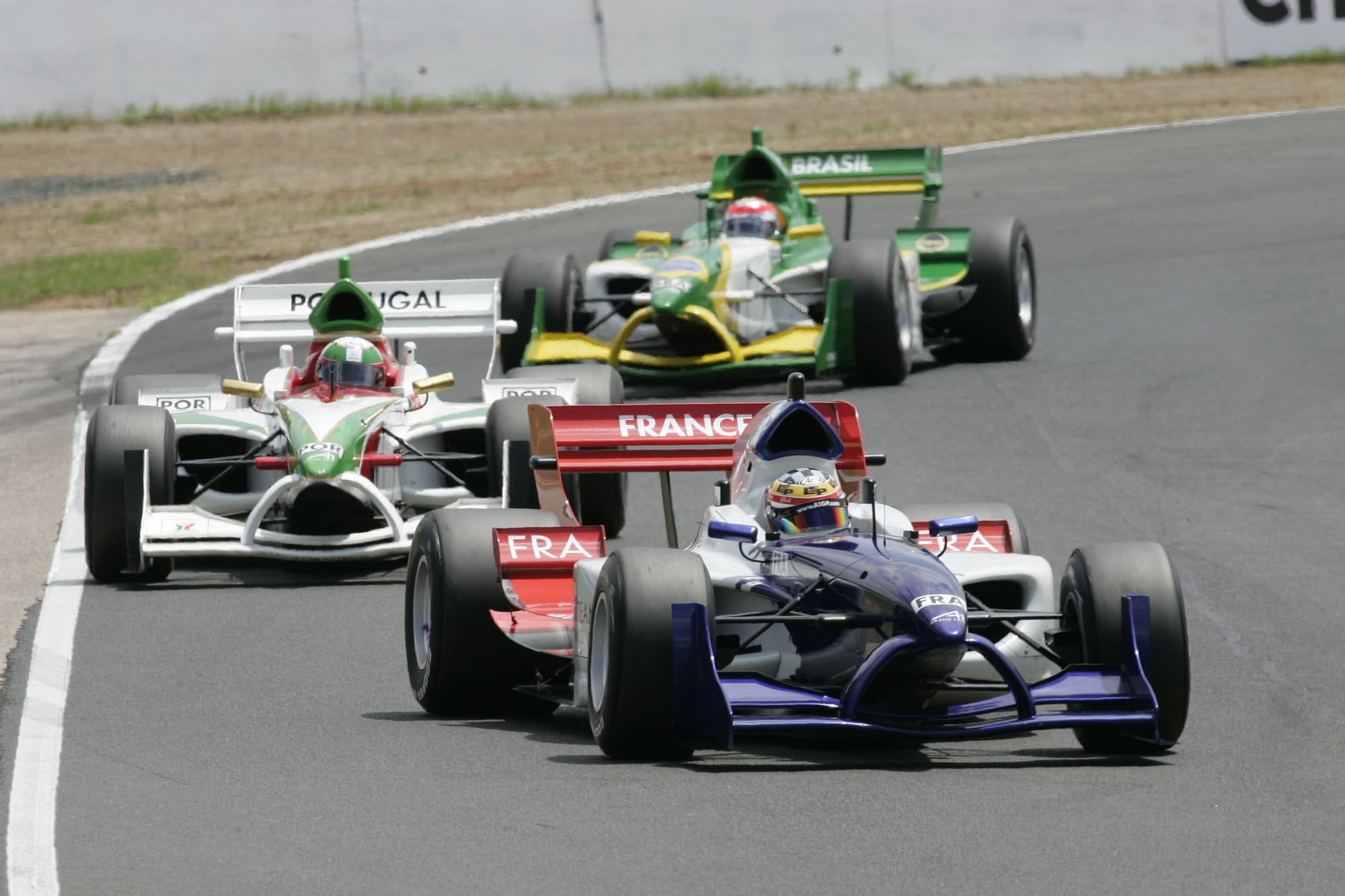
A Macau Grand Prix winner, inaugural A1GP champion (above) with France, GP2 race winner, multiple Le Mans 24 Hours LMP2 winner, double World Endurance Champion champion and twice a conqueror of the Sebring 12 Hours, Lapierre might have been off F1's radar but if he's judged by hitting targets in professional racing, he was prolific and accurate.
Part of the equation though is always the person, and it’s often a salutary lesson that often the nice guys don’t get to the very top. Lapierre was, and is, certainly one of those but it would be far too simple an explanation for why he never got close to F1.
There was more than a little irony, when the self-effacing Frenchman retired without fanfare or fuss after claiming Alpine’s first Hypercar podium with its A424 challenger at Fuji last month.
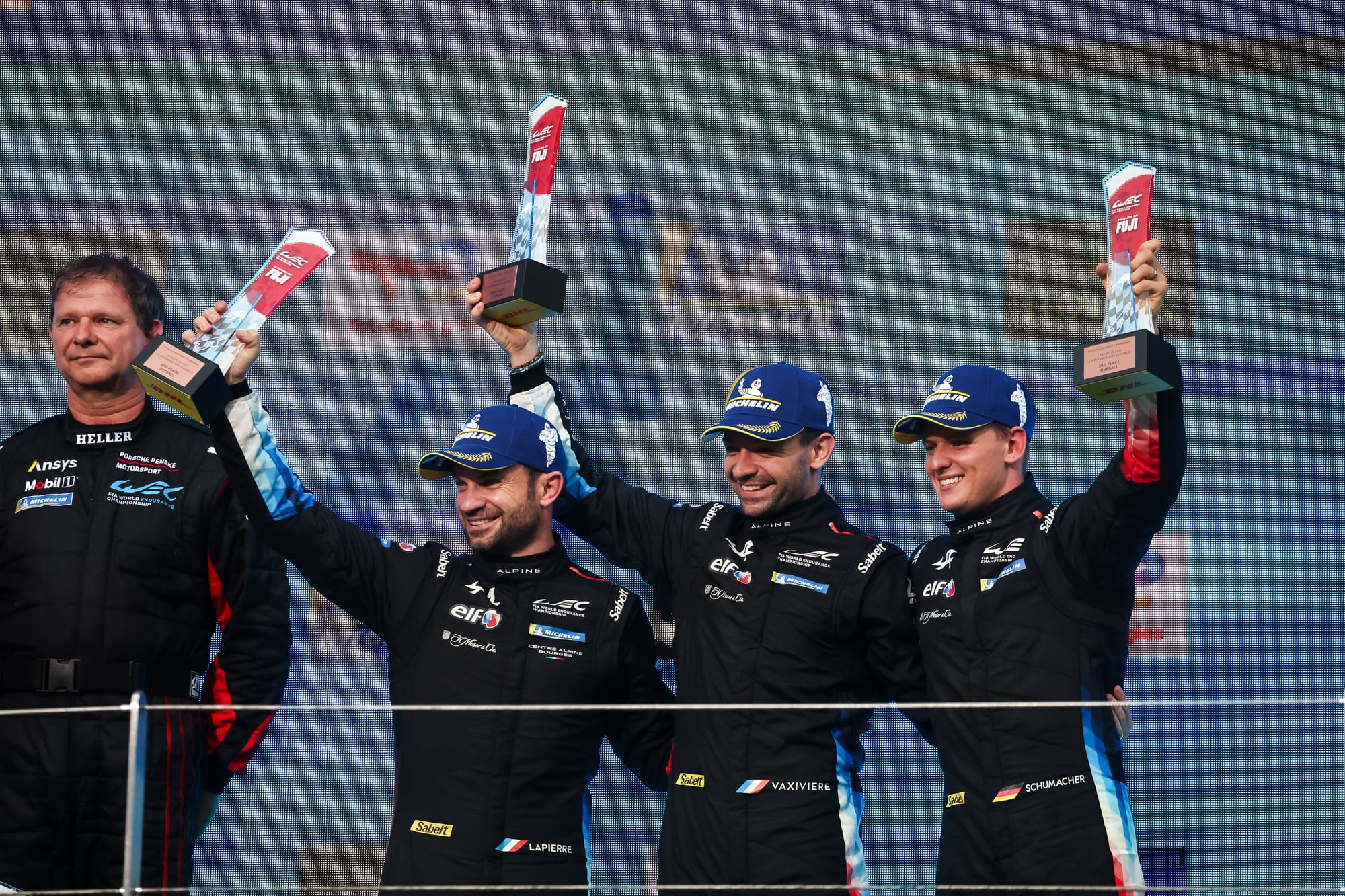
Born on the French-Swiss border just over 40 years ago, almost within viewing distance of the Matterhorn in the Haute-Savoie area of France, Lapierre climbed several motorsport mountains before deciding to tackle a fresh, equally-steep challenge of team and project management as the new sporting director of Alpine's WEC team.
This is why the quiet man of a generation that delivered Lewis Hamilton, Robert Kubica, Nico Rosberg and Sebastian Vettel, deserves enhanced recognition for his abundant achievements.
Immense respect for peers
In his brief retirement film, released on social media last week, Lapierre thanked multiple figures, mainly a trio of French motorsport giants – DAMS founder Jean-Paul Driot, Alpine WEC team boss Philippe Sinault and ORECA president Hughes de Chaunac.
The first of those figures held special significance and poignancy as like many young drivers given a chance by Driot (who died in August 2019), Lapierre owed an emotional debt.
“I am also thinking of Jean-Paul Driot; he left too early,” said Lapierre. “With him and his team I could get my first GP2 win in 2007 - he definitely changed my career.”
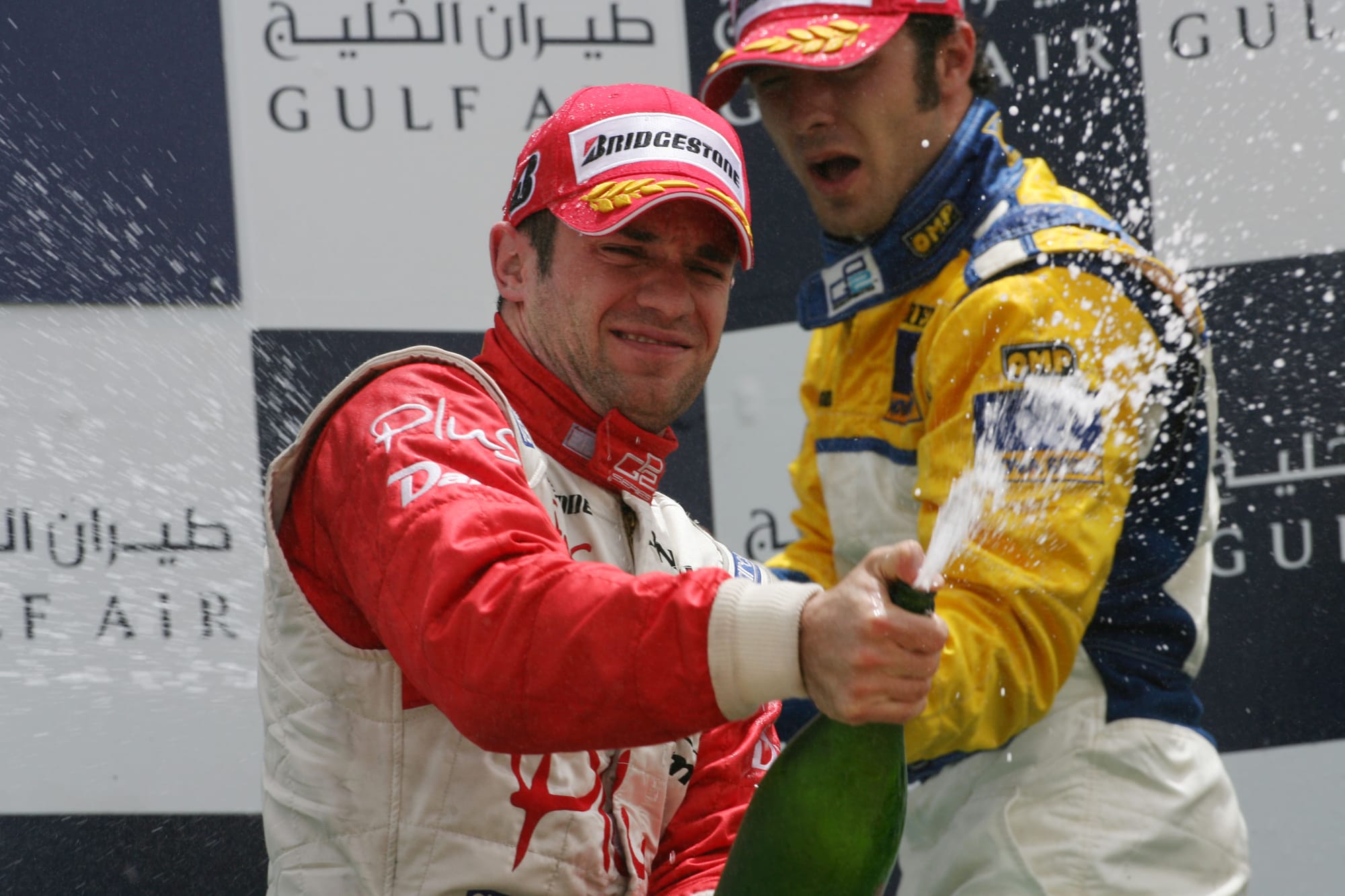
Lapierre and DAMS were just one of several key partnerships in his 25-year story. It was also one that brought him his first championship success when he, Alex Premat and DAMS triumphed resoundingly as Team France in the inaugural A1GP series championship in 2006.
A year later Lapierre moved his career on to endurance racing, making the first of his 17 Le Mans appearances with an ORECA-run Saleen he shared with Soheil Ayari and Stephane Ortelli.
Le Mans was a happy hunting ground for Lapierre as he took four LMP2 wins, firstly with KCMG in 2015 and then a hat-trick with Signatech Alpine in 2016, 2018 and '19.
Two WEC titles also adorn his resume via championship success in 2016 and 2018-19, both with Signatech Alpine in LMP2.
That was just part, albeit a very successful part, of Lapierre’s endurance life though as he was also a factory Toyota driver from 2012 to 2014 and then again in 2017, winning five races with team-mates Alex Wurz, Kazuki Nakajima, Sebastien Buemi and Anthony Davidson.
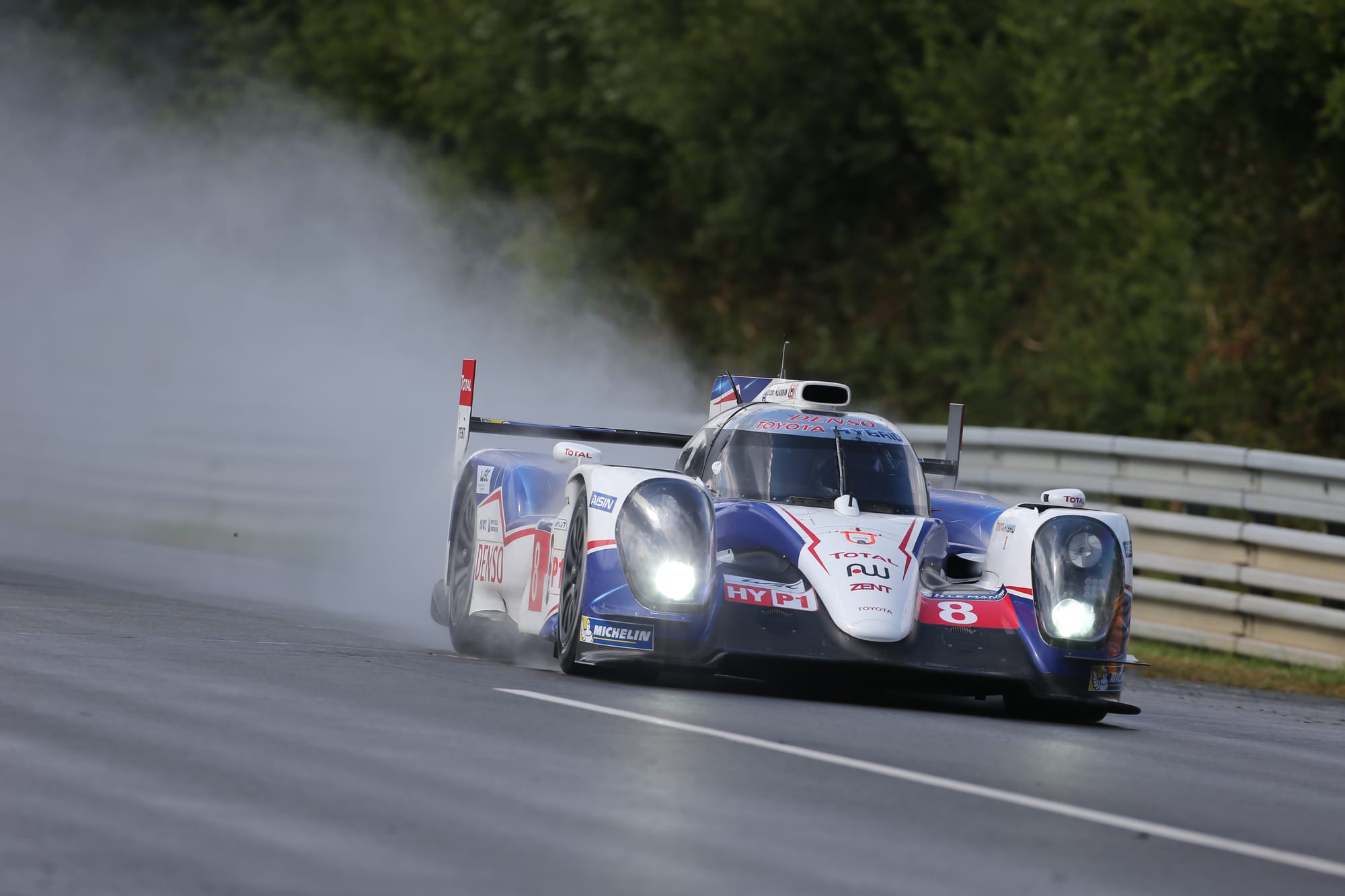
Lapierre was often the quiet man of this bunch at Toyota, sometimes put in the conversational shadows by the sparky Buemi, the cerebral Wurz and the naturally chatty Davidson.
But assumptions of Lapierre were often misleading, as Davidson told The Race last week.
“It's easy to ignore somebody like that when they don't go around openly beating their own drum," Davidson said.
“He's a super intelligent character Nico, really, really switched on. That would always come across. He was always very eloquent in interviews and debriefs. I would call it reserved confidence, or inner confidence, he had it all the time.
“Maybe people that didn't know him as well as I did perhaps didn't see that side of him, or would just assume that he actually lacked confidence. But it was far from the truth. He was always very self-assured.”
Why Lapierre was so good
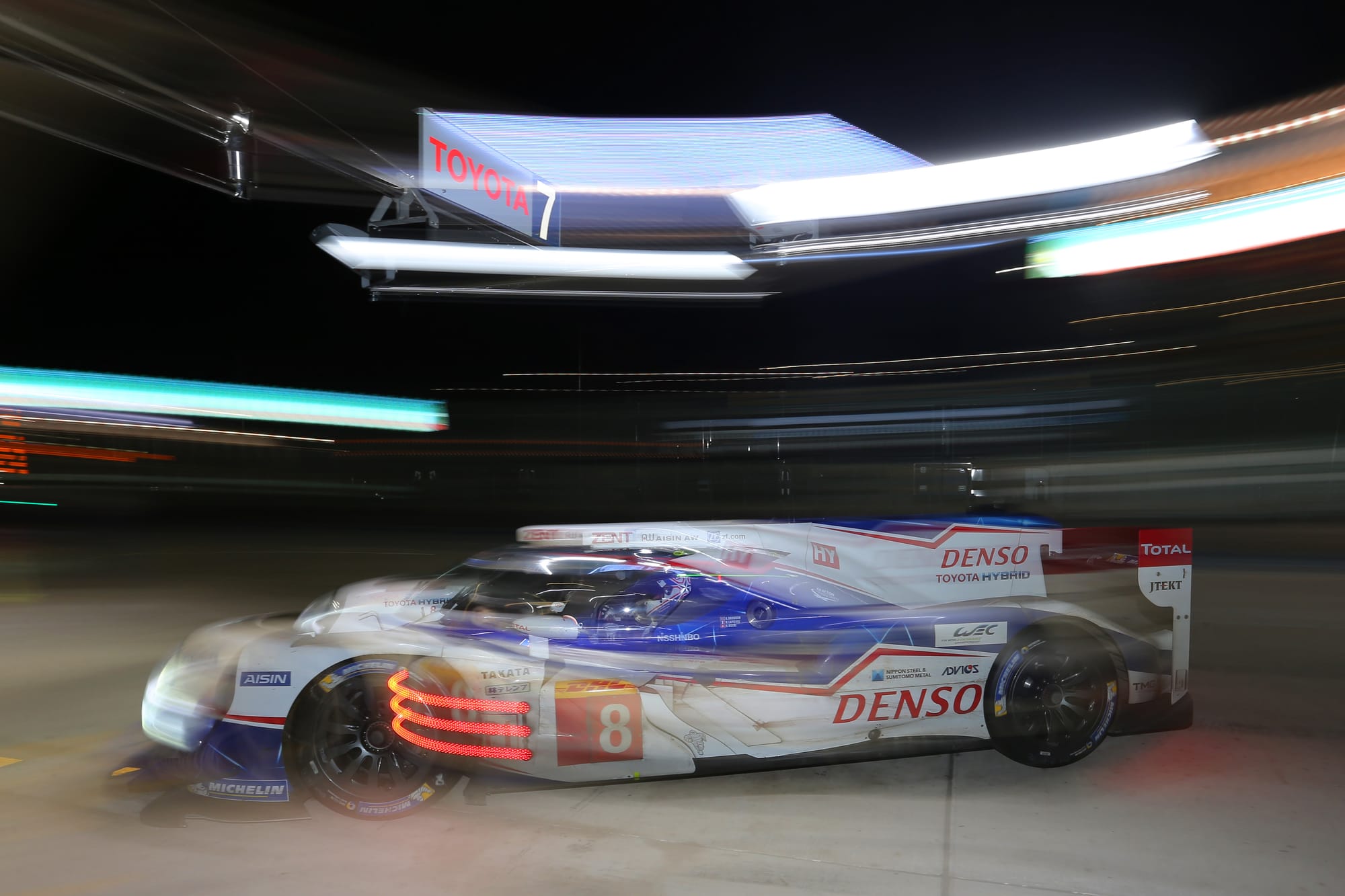
Lapierre nurtured himself at different stages of his career and many of the teams he raced for reaped the rewards of his sharp pace and elegant ease of working in a variety of cultures and squads.
Teamwork was a consistent thread that Lapierre worked within. But it proved tricky with Toyota in 2014 when many felt as though he was made the scapegoat after two incidents in quick succession as the championship loomed on the horizon with team-mates Buemi and Davidson.
“I don't know if Nico felt a bit overwhelmed by that perhaps. I don't want to put words in his mouth or assume anything, but maybe he felt more pressure,” reckons Davidson.
“I felt that extra pressure and I think some circumstances really, truly did go against Nico that year as well."
Those were mostly acts of God, or more explicitly the weather. A massive downpour at Le Mans caught him out and he spun and damaged the car, but he regrouped and was part of a strong drive back through to third place with Buemi and Davidson.
But then 10 weeks later at Austin, the same thing happened and Lapierre was in the gravel with several other cars. He happened to be in the wrong place at the wrong time. Toyota’s reaction was at first bench him - meaning Buemi and Davidson took the drivers' title without him - and then shortly after dispense with his services entirely.
“I think the focus was already on him and for a driver that I rarely saw mistakes it's just one of those, it happens to everyone in their career,” reckons Davidson.
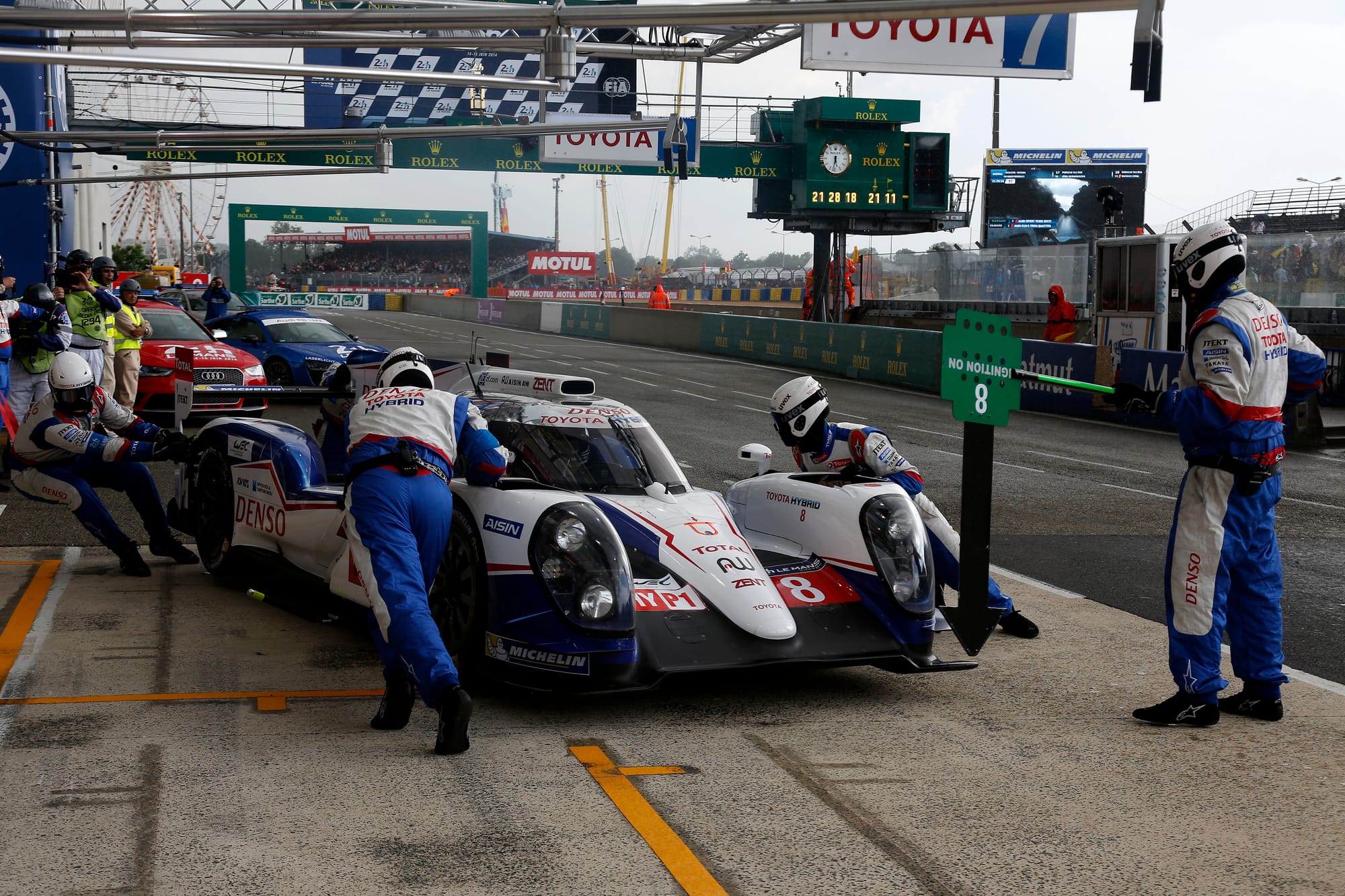
“It was just that one moment where there was a bit of a dip.
“I think some people in the team had had enough and then Seb and I carried on the season without Nico, which felt weird.
“I always felt bad for him from what happened, and I don't think he took it very well at the time, and sure it still hurts today, the fact that he lost out on the world championship. It was all very bittersweet at the end of the season for many of us.”
Toyota’s ruthlessness shocked many, especially in light of the extenuating circumstances of the incidents. But there was a rapprochement of sorts when Lapierre came back into the Toyota fold in 2017 at Spa and Le Mans, sharing a third LMP1 car with Jose-Maria Lopez and Yuji Kunimoto.
His Le Mans Toyota return didn't exactly go to plan as a potential win shot was ended by Simon Trummer’s Manor LMP2 car rear-ending Lapierre's Toyota.
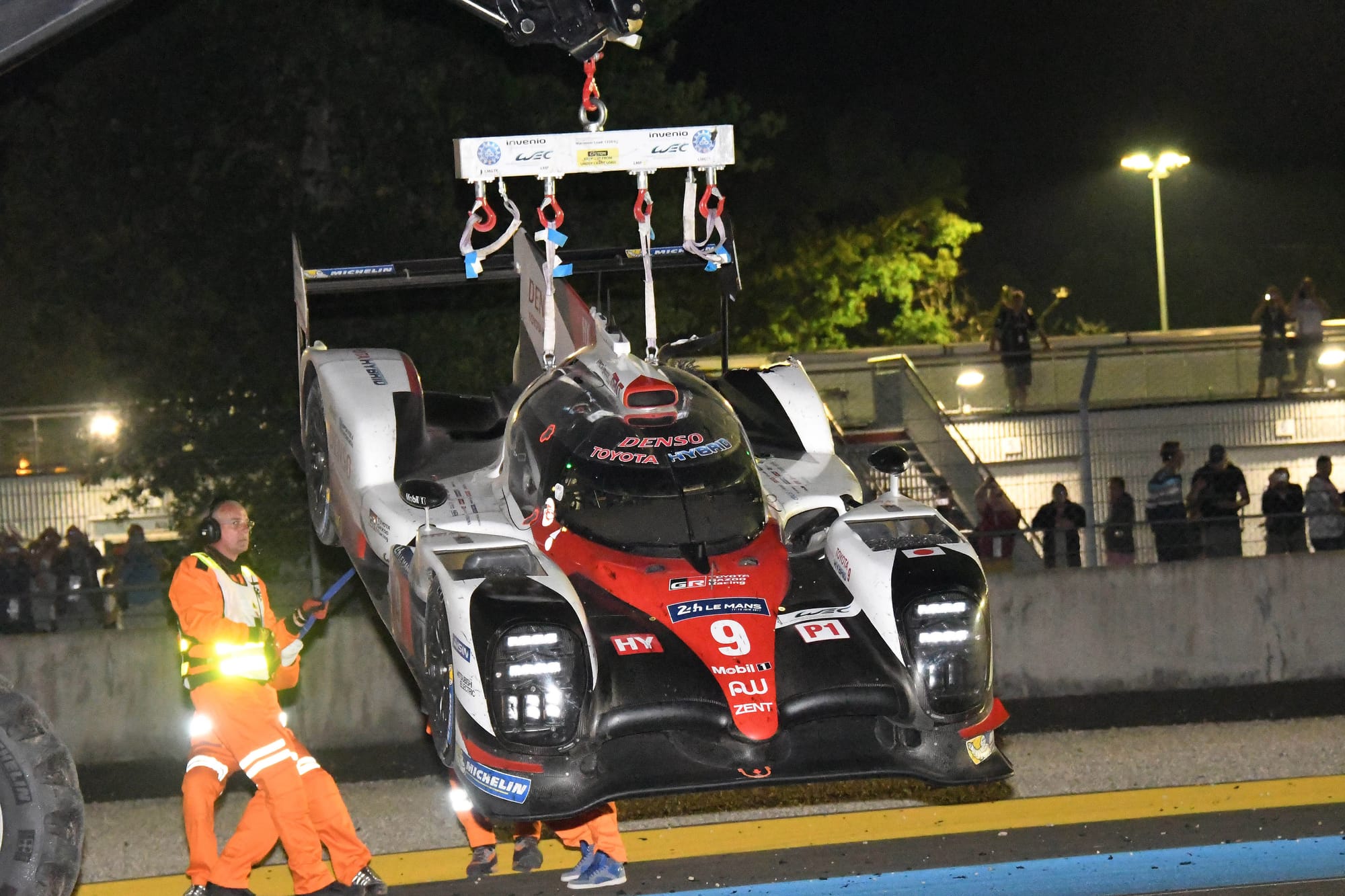
After his initial Toyota axe, Lapierre had to recalibrate, and he did so in the most unlikely way with two young British mates who were shaking up the LMP2 landscape with an ambitious Asian team KCMG targeting glory at La Sarthe.
Matt Howson and Richard Bradley were one of WEC’s best double acts both on and off the track with an amusing ability to gel their quirky opposite characters into something that often approached a comedy act.
But on the track they were right there, taking three LMP2 wins in their first season together in 2014. But the final flourish was still being sought after as they prepared for the 2015 LMP2 battle at Le Mans.
This was by far the most competitive LMP2 field yet, and KCMG signalled its intent by drafting in the freshly available Lapierre. It proved a masterstroke.
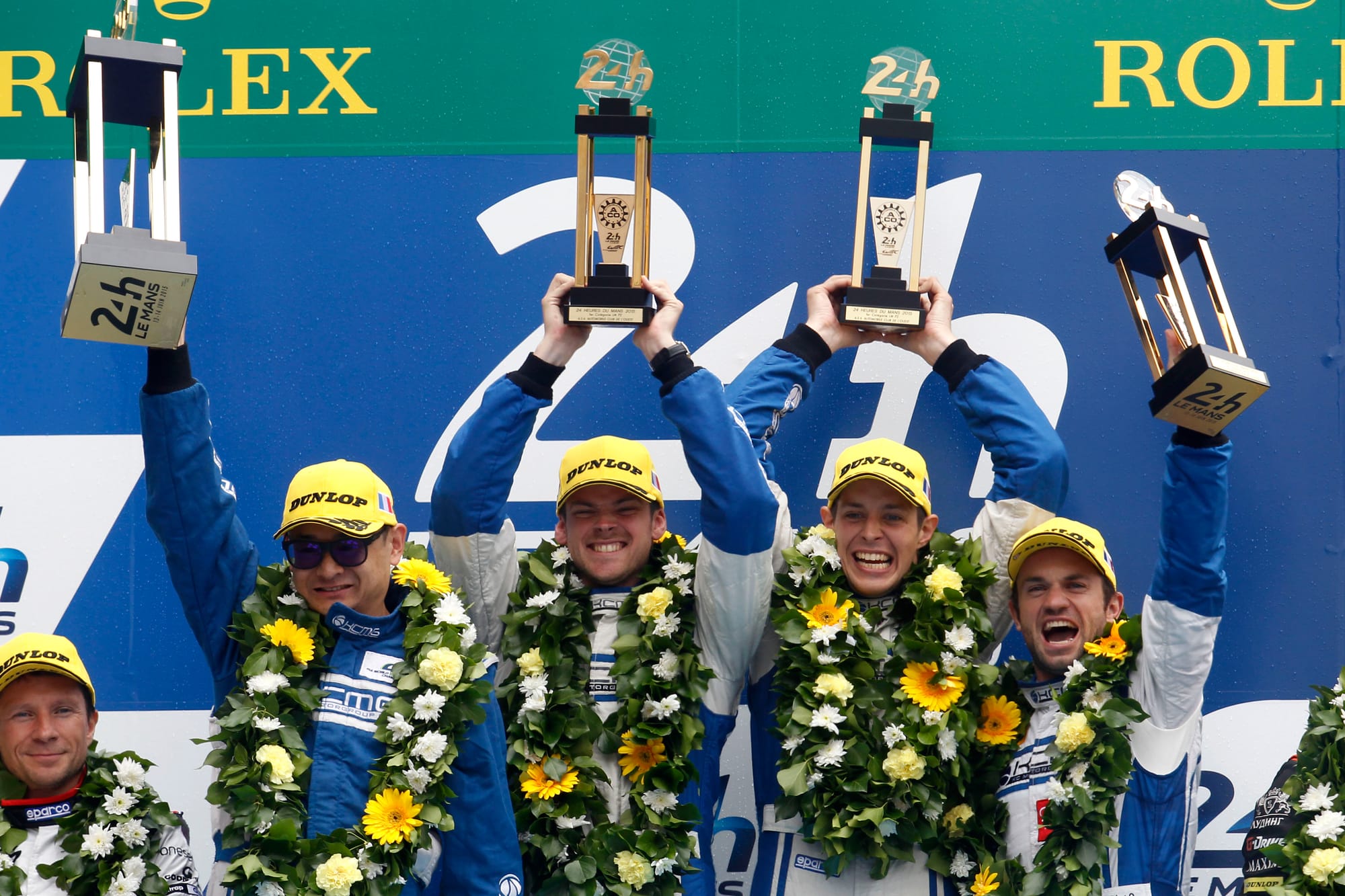
A prime example came early when the KCMG ORECA LMP2 car stopped in practice and the team lost a crucial hour of running. Lapierre was crucial in keeping the team calm and focused, even if it meant disappointment for himself as qualifying loomed.
“The forecast looked like it was going to rain for Q2 and Q3, which are normally the quickest sessions and so we were going to go for a quali run in Q1 which was not planned,” Bradley recalled to The Race.
“In the team meeting before I was like ‘OK, well, Nico's going to do this’ and he went 'no you're fast, so you do the [qualifying] run'.
I thought to myself, 'wow' because every driver wants to do a quali run at Le Mans. That gave me a real confidence boost and self-belief like I can’t tell you, and obviously I was able to do the job and get pole by nearly a second, but that had a lot to do with Nico.
“At the end of the session, he was just delighted for me.
"It wasn't ever about Nico. It was about the unit and the group getting the result, and that was the biggest thing I learned from him.”


